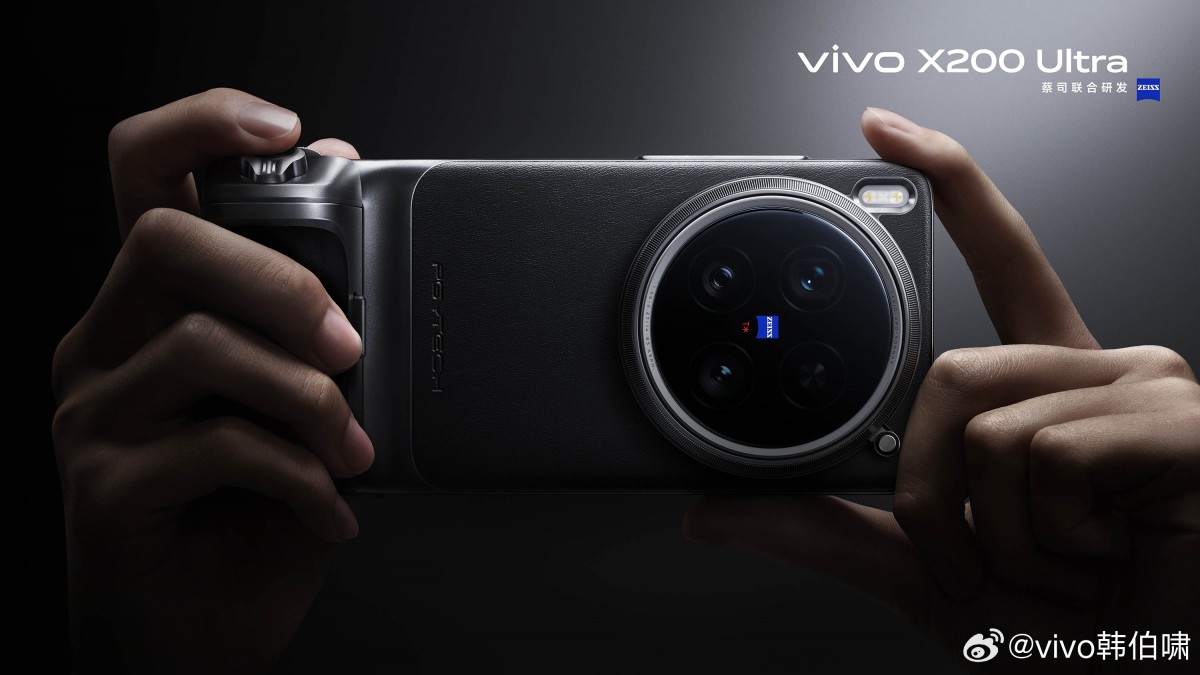Using mirror lenses on mirrorless cameras - the whys, the hows and the history
What is a mirror lens exactly? And have they got a new lease of life when used on mirrorless cameras? I've been trying them out…
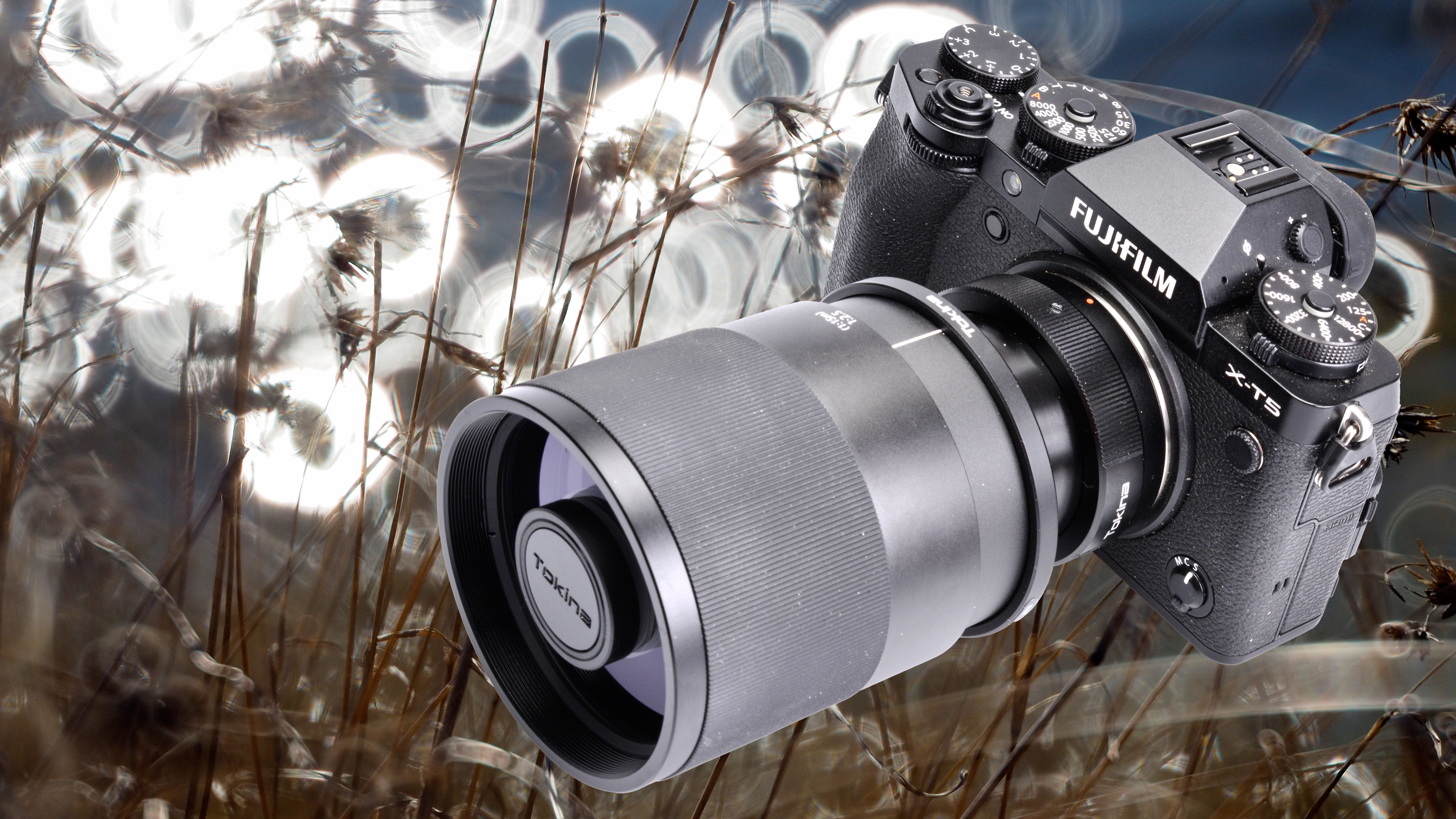
The technical definition of a telephoto lens is one with a focal length greater (or longer) than 50mm (on the 35mm/full frame forma), but the telephoto range is more generally accepted to begin at around 85mm which would be classified as a ‘short telephoto’ lens.
Beyond 300mm you move into the ‘supertelephoto’ range which includes 400mm, 500mm and 600mm lenses. Anything longer than 600mm is generally for specialised applications such as wildlife or some sports.
Due to the longer focal length, telephoto lenses are inherently bigger and heavier which makes them more challenging to use hand-held. As a rule, image brightness decreases as the focal length increases so many telephoto lenses or telezooms are described as being ‘slow’ because they may only have a maximum aperture of f/5.6 or maybe smaller. However, as the high ISO performance of today’s mirrorless cameras steadily improves, it is more realistic to consider using a more affordable slower telephoto lens than a faster and more expensive 'faster' one with a bigger maximum aperture.
Mirror, Mirror…
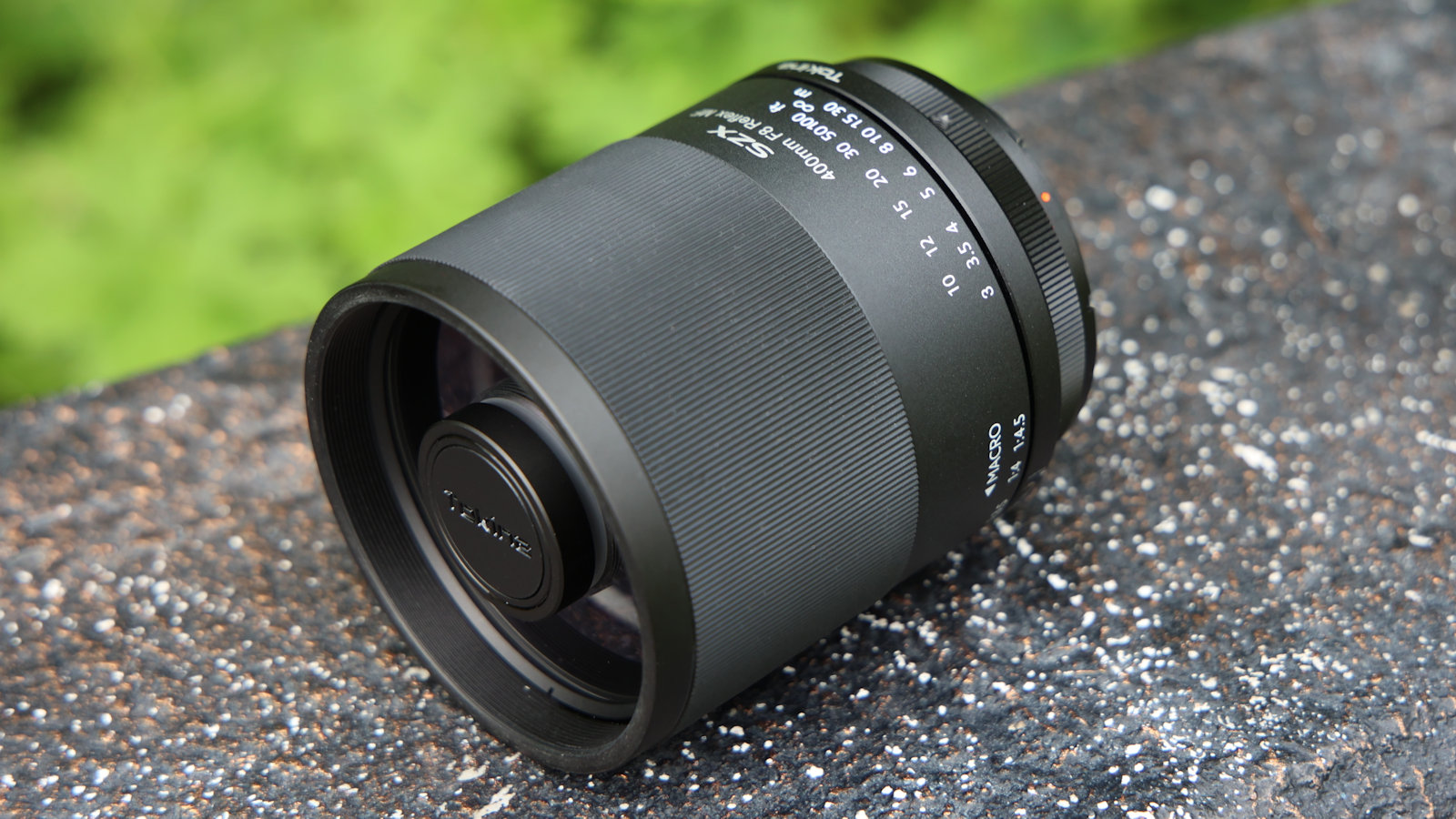
There is, however, a way around the size, weight and price of a very long focal length telephoto lens. It’s called a mirror lens because it’s all done with mirrors… well, mostly.
Mirror lenses have enjoyed various brief bursts of popularity particularly during the 1970s and ’80s, but they’ve never really caught on, perhaps because their design does involve some compromises. However, they’re still being made by a couple of lens manufacturers, notably South Korea’s Samyang , China’s TTArtisan and Japan's Tokina.
Currently, there are five Tokina mirror lenses in its SZ/SZX and SZ Pro lines, ranging from a 300mm f/7.1 to a 900mm f/11. They’re available in numerous lens mounts, including Micro Four Thirds which, of course, doubles the effective focal length. More about these shortly. In the past, Sigma, Tamron, Zeiss (for both Contax and Rolleiflex), Minolta, Mamiya, Nikon and Olympus have all built mirror telephoto lenses.
A mirror lens – also called a reflex lens – incorporates a pair of mirrors which replace many of the conventional elements (although a small number are still used). By reflecting the light rays back and forth inside the barrel, the mirrors effectively ‘fold up’ the focal length. Hence, you can have a comparatively long focal length packed into a very short barrel and, as there are only two mirrors which replace many more elements, these lenses are also lighter in weight in comparison to a conventional design. Technically, this is known as a catadioptric optical system as it employs both reflection using curved mirrors – catoptrics – and refraction using spherical lens elements – dioptrics.
Get the Digital Camera World Newsletter
The best camera deals, reviews, product advice, and unmissable photography news, direct to your inbox!
Light is initially reflected off the primary mirror at the back of the lens onto the much smaller secondary mirror at the front of the lens and then refractive elements finish the job. There are some design variations including using a concave-shaped element that’s silvered on its rear surface – so it performs both reflection and refraction, with the latter actually happening twice – but the basic principles remain the same.
The earliest application – dating back, in fact, to the 17th century – was in astronomical telescopes because the folded optical path enabled significant reductions in their physical size and weight. In photographic catadioptric lenses, the secondary mirror – which has a convex surface – also serves to increase the focal length by up to a factor of four or five times.
The downsides of a mirror lens are that it’s not possible to incorporate a diaphragm – either automatic or manual – so you’re limited to a fixed aperture, and it’s difficult to include autofocusing so just about all models are manual focus.
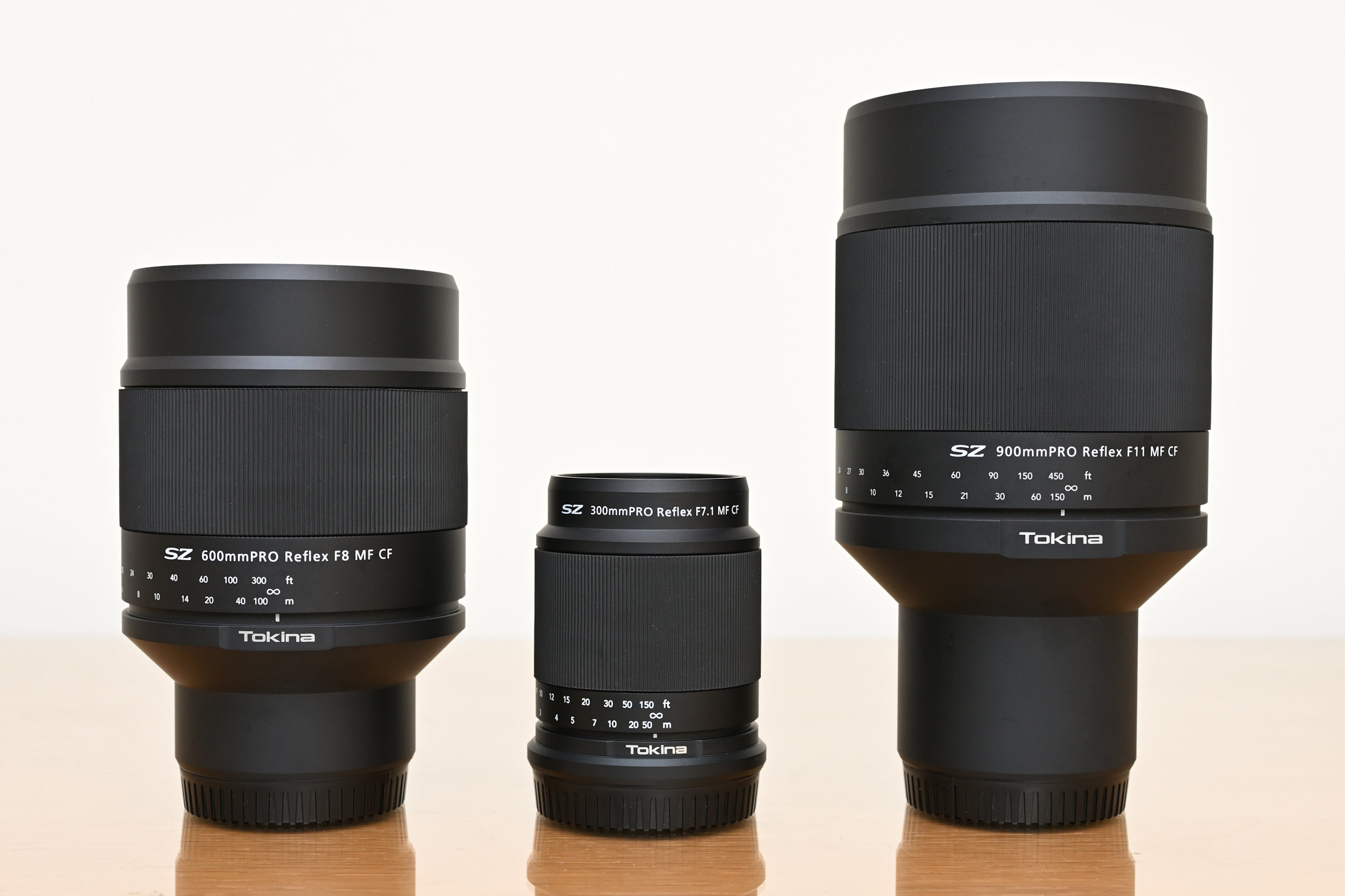
However, this means that, if you’re using an older model mirror lens on a mirrorless camera, a passive non-electronic mount adapter is all you need…and they’re now available in numerous combinations so basically anything can be fitted to anything.
Certainly, manual focus shouldn’t be so much of a deal-breaker, but the fixed aperture might be, accept that, as has already been noted, the high-ISO performance of today’s mirrorless camera means that you can use this adjustment to help with exposure control along with shutter speeds… or switch to Auto ISO and let the camera do the work.
Furthermore the focus peaking display that’s now standard on current mirrorless cameras makes it much easier to focus accurately especially when there’s minimal depth-of-field to play with.
In 1989, Minolta introduced the AF Reflex 500mm f/8.0 mirror lens which had autofocusing, but only with the later generations of its AF 35mm SLRs which had more sensitive PDAF sensors so they could still work at f/8.0 (but then still only with the centre point). Minolta subsequently introduced a 400mm version in the V mount for its Vectis S series APS (the film format) SLRs and, after Sony’s takeover of the Konica-Minolta camera business in 2006, there was a Sony-badged version for its A mount DSLRs.
Holding steady
Of course, while the magnification power of a mirror tele at a particular focal length is the same as that of conventional lens so any camera shake is amplified accordingly, the smaller and lighter lens means that it’s eas-ier to hold steady at slower shutter speeds. You can’t get optical image stabilisation into a mirror lens either, but as so many mirrorless cameras have in-body stabilisation this is also now less of an issue. Also on the plus side, the reduc-tions in size and weight are significant.
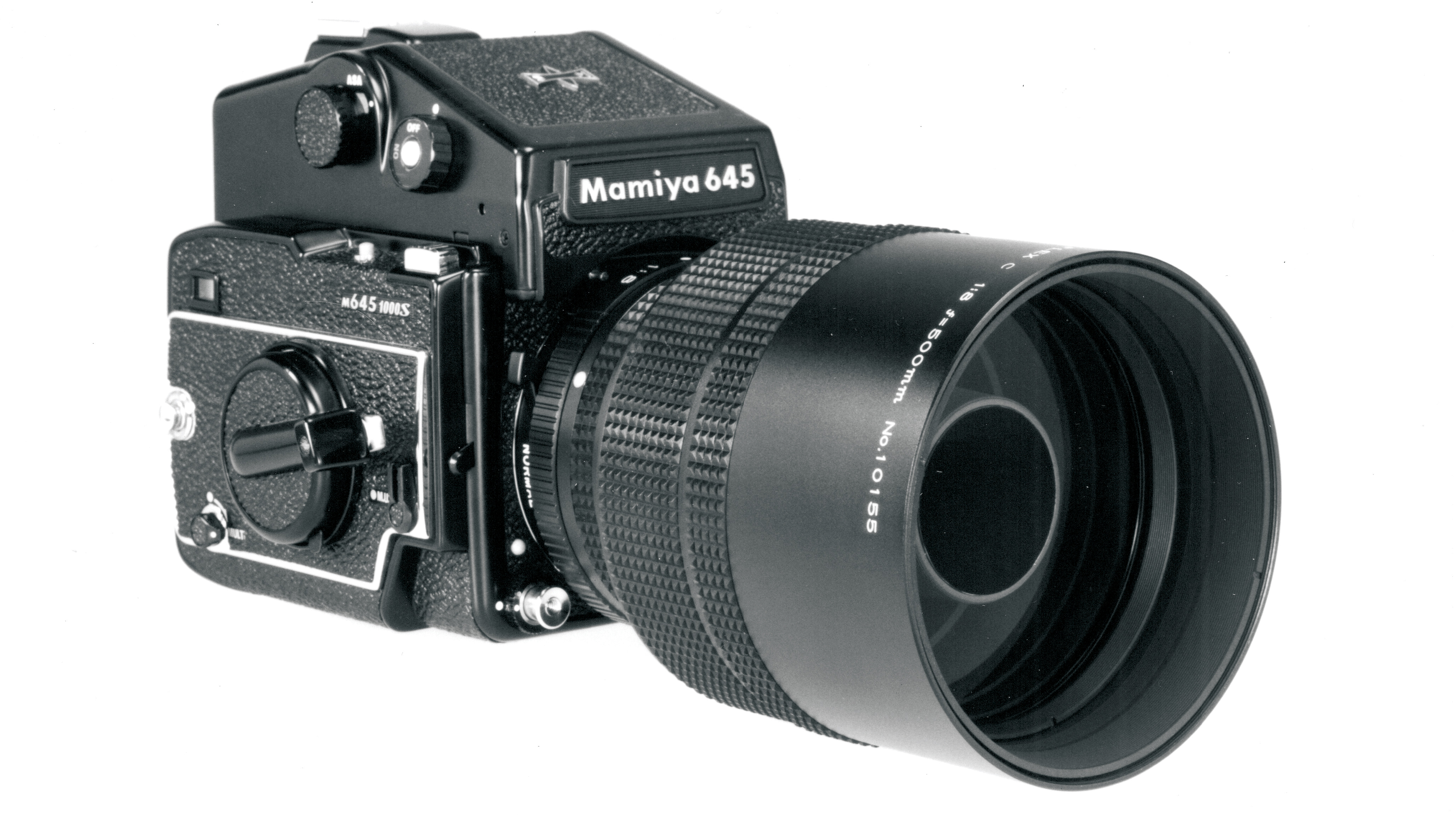
Let’s take Tokina’s SZX Super Tele 400mm f/4.0 Reflex MF. It was originally designed for DSLRs, so the mirrorless mount versions have a short tube between the mount and the lens body itself to restore the longer flange back distance. Even so, the total length is still only millimetres in length, and it weighs a mere 355 grams. The screwthread filter fitting is 67 millimetres which also gives some idea about how compact this lens is. Tokina doesn’t make a conventional 400mm prime telephoto for direct comparison, and we tried to find a slow one so the maximum aperture difference isn’t so pronounced, but such an animal doesn’t appear to exist anymore. However, Canon did once make a 400mm f/5.6 L series lens in the EF DSLR mount which will still serve as a good comparison of the dimensional differences.
It’s 257 millimetres in length and weighs 1350 grams if you include the tripod mounting collar. Tellingly, over 30 years since it was launched in 1993, a pre-loved Canon 400mm f/5.6L can still fetch around US$700 if it’s in good condition. Brand new, the Tokina 400mm f/8.0 mirror lens is yours for not much over US$300.
Staying Focused
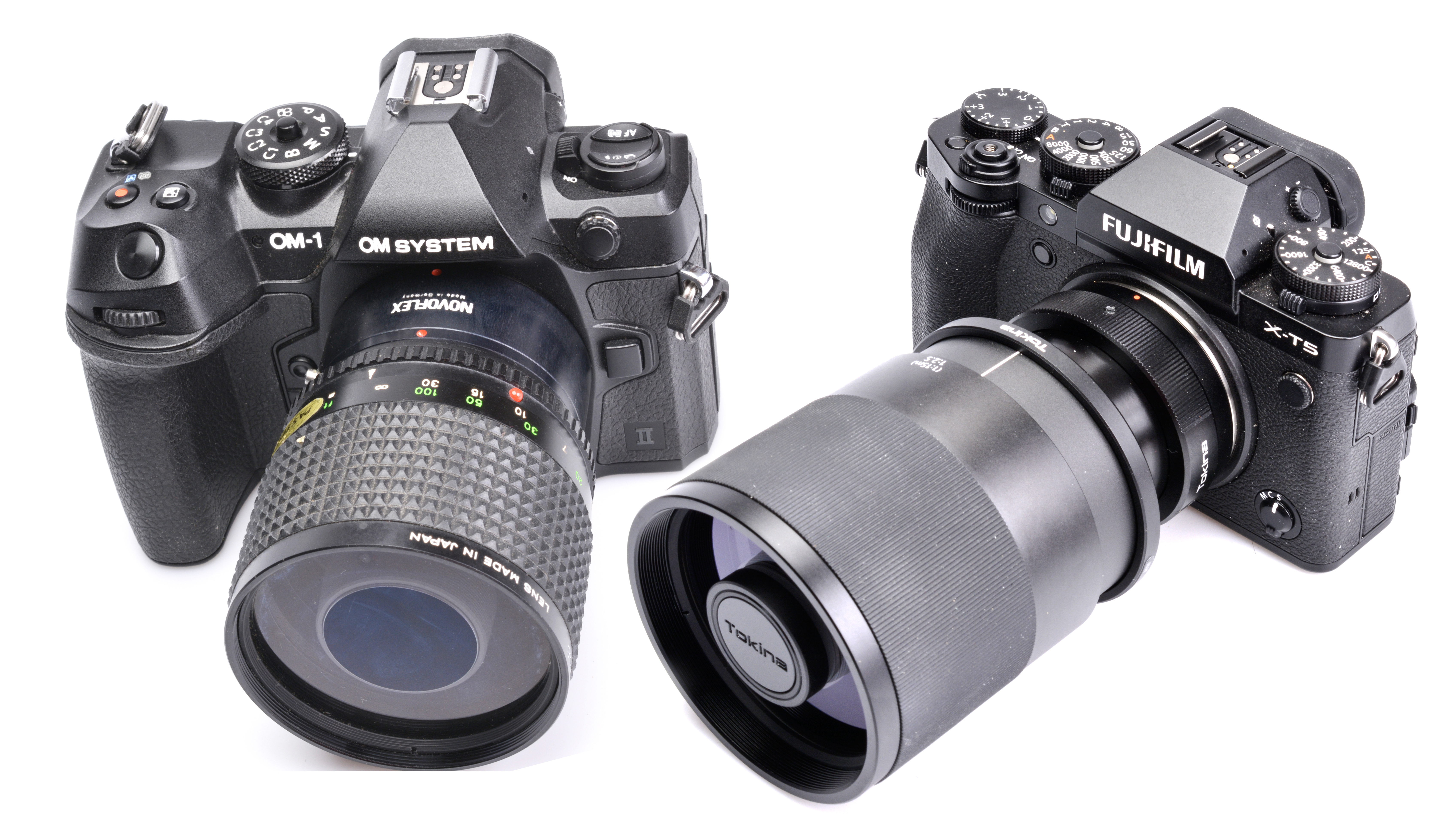
So, how do these significant plusses and minuses work out in practice?
Using the Tokina 400mm f/8.0 on a Fujifilm X-T5 – so the effective focal length is 600mm – what’s immediately obvious is that the small size and light weight are great, but you need to remember that you’re still shooting with a supertelephoto lens.
For starters, yes, it’s very easy to hand hold, but you need to keep a close eye on the shutter speed – especially as f/8.0 is all you’ve got – even with the helping hand of IBIS. And even though you might be able to comfortably hand hold the lens, the practice presents challenges. Because of the very high magnification at an effective focal length of 600mm, no matter how steady you try to hold the lens, the image bounces round the viewfinder, making framing and composition more of a challenge.
In the end, it’s likely you’ll resort to using a tripod because it’s simply easier and also less tiring. Additionally, the depth-of-field is just so shallow – even with the smaller sized sensors – you need the camera to be on a tripod so that you can better concentrate on getting the focus absolutely right… a very tiny shift of the focusing collar makes a big difference. The focus peaking display is invaluable here, and at least you can get away with using a lighter weight tripod.
The Tokina 400mm f/8.0 has remarkably good close-up focusing capabilities – down to 1.15 metres which, at 400mm, gives a magnification ratio of 1:2.5 – but this is very definitely tripod territory as the depth-of-field is shallower again, and it’s simply impossible to focus precisely otherwise.
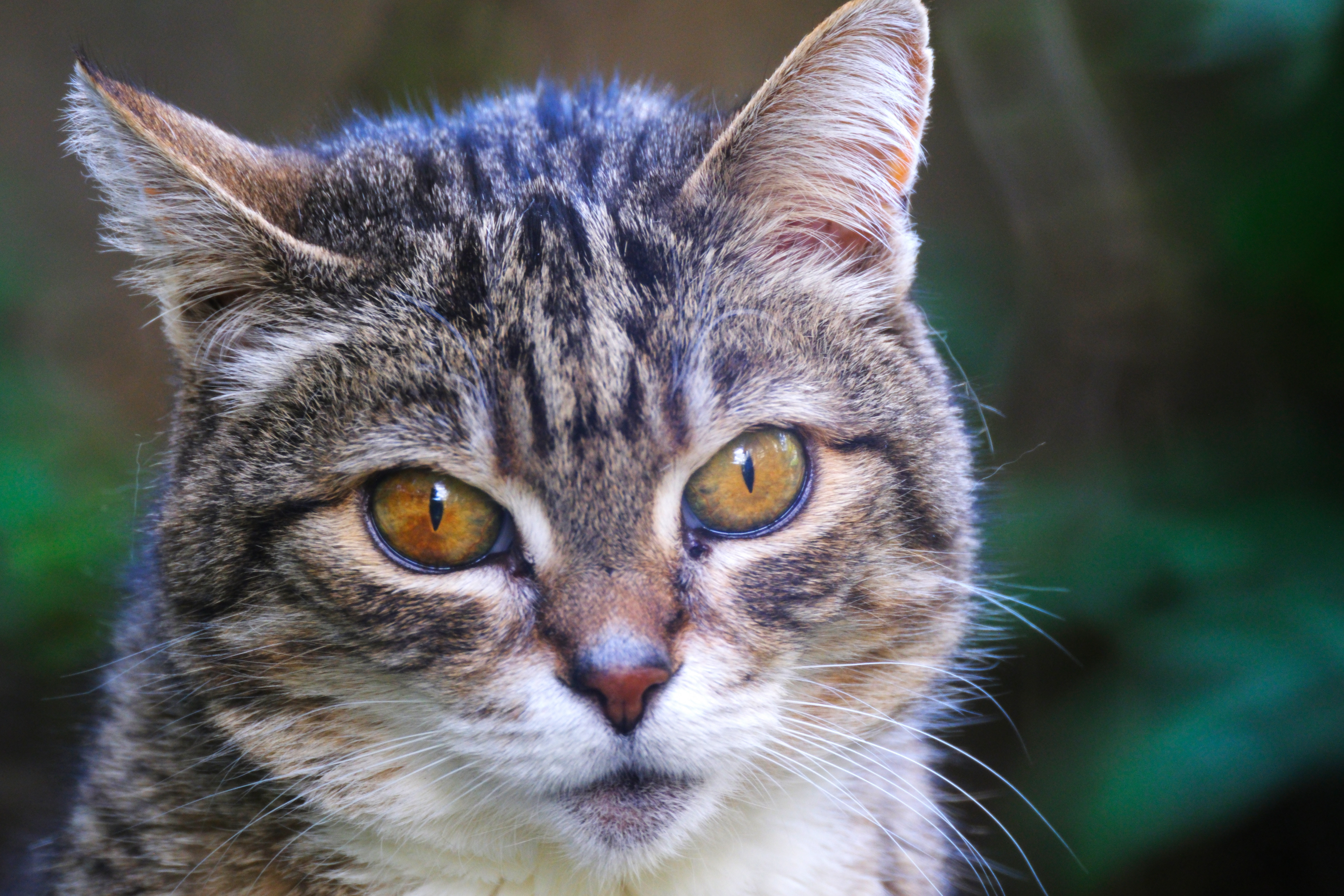
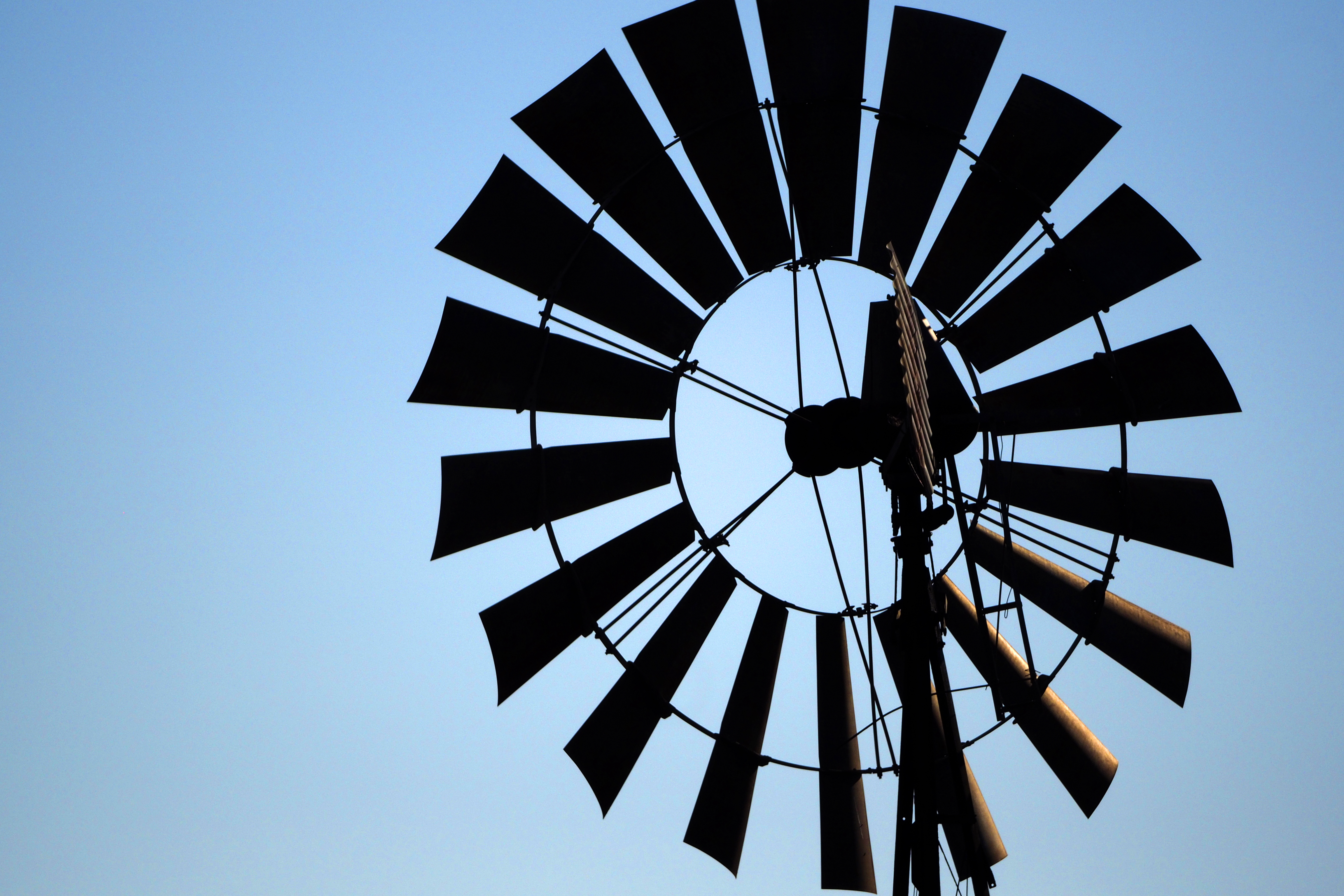
Doing Donuts

Optically, mirror lenses generally perform very well with good overall sharpness and contrast, minimal vignetting, very little distortion and – unlike a conventional refractive telephoto – virtually no chromatic aberrations because there are so few conventional elements. However, strong backlighting is any mirror lens’s Achilles Heel and contrast is significantly reduced in these situations, but on the plus side there’s neither flare nor ghosting (again because there are so few lens elements).
However, blocking caused by the secondary mirror’s central positioning produces a distinctive doughnut-shaped out-of-focus effect, which you either love or hate. Furthermore, given the inherently shallow depth-of-field – which you really can’t do anything about given the fixed aperture – they’re always present somewhere in the image. They can be quite distracting in a background so it’s a case of composing and framing to minimise the effect, looking for plainer or more uniformly-toned backdrops, or trying to use the effect more creatively.
A Little Goes A Long Way
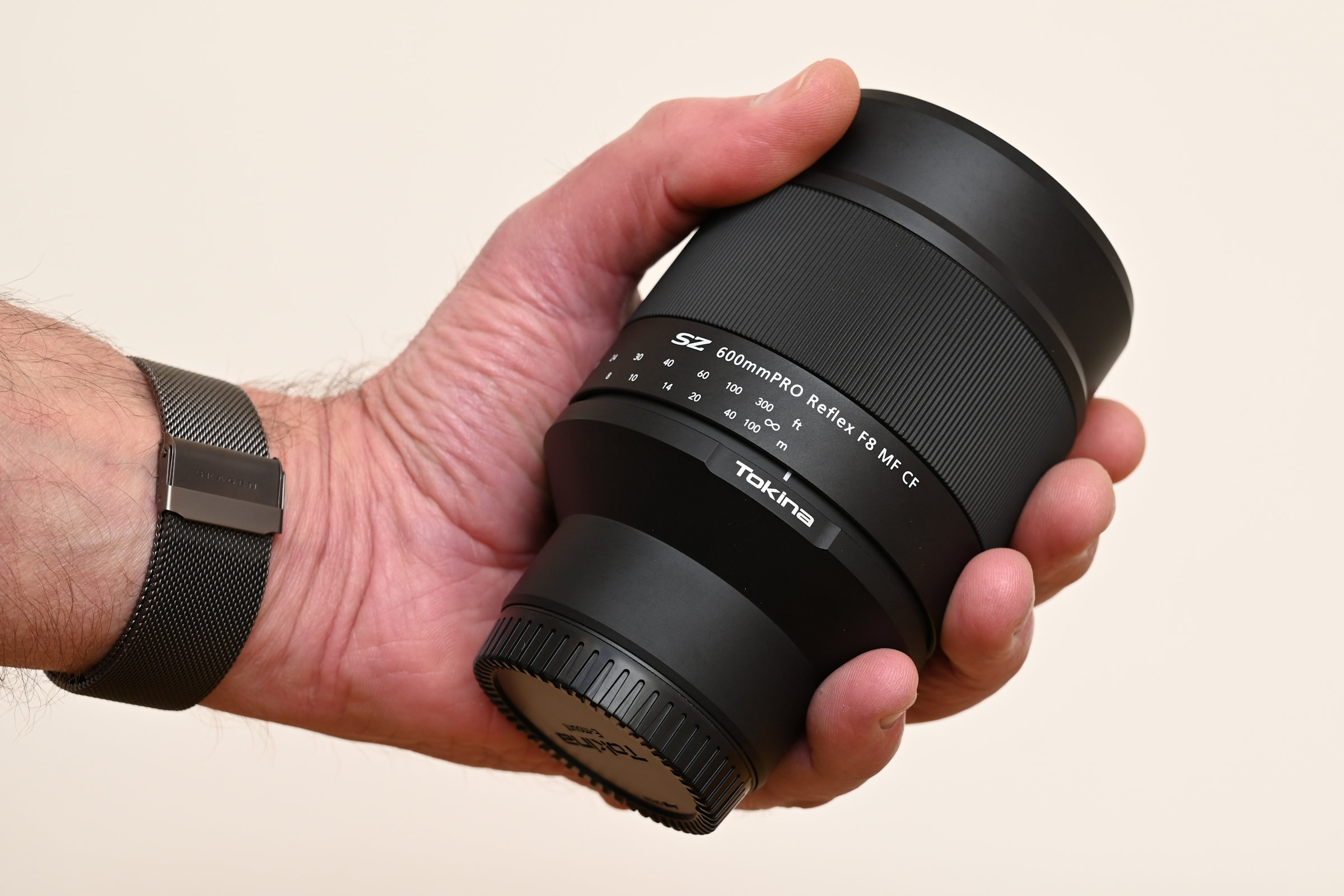
A great example of the size reduction achievable with a mirror telephoto is a classic example – the Minolta RF Rokkor 250mm f/5.6 which is a MD mount lens. It’s a mere 58 millimetres in length and weighs just 250 grams. Use it on a Micro Four Thirds mirror camera body via a mount adapter – as we have here – and the effective focal length is 500mm. As with the Tokina 400mm, the MD-to-MFT mount adapter adds a little extra length to the overall package, but we’re still talking about a 500mm supertelephoto that measures less than 100 millimetres in length. And while the aperture is fixed, f/5.6 isn’t all that slow… especially at 500mm.
Again, Auto ISO control can make up for the lack of adjustable apertures, but IBIS extends how low you can go in terms of slower shutter speeds when shooting handheld. If you’re using the 1/focal length rule as a guide, remember that it applies to the effective focal length if the lens is being used on a cropped sensor body. In other words, without stabilisation, 1/500 second should be the slowest shutter speed that can be set with the RF Rokkor 250mm, but even just four stops of IBIS correction would get you down to 1/30 second. Nevertheless, at the longer effective focal lengths on a cropped sensor camera, the same caveats as those for using the Tokina lens apply… in many situations, it’s simply easier to use a tripod
Digital capture in general – and the mirrorless camera configuration in particular – make the mirror lens much more of workable proposition than was ever the case with film, capitalising on the very significant reductions in size and weight while finding effective ‘work arounds’ for the design’s main limitations. So there’spotentially a new lease on life for some truly classic – and unusual – film era lenses while the new models that are available today provide an affordable entry to the exciting (if sometimes challenging) world of supertelephoto photography.
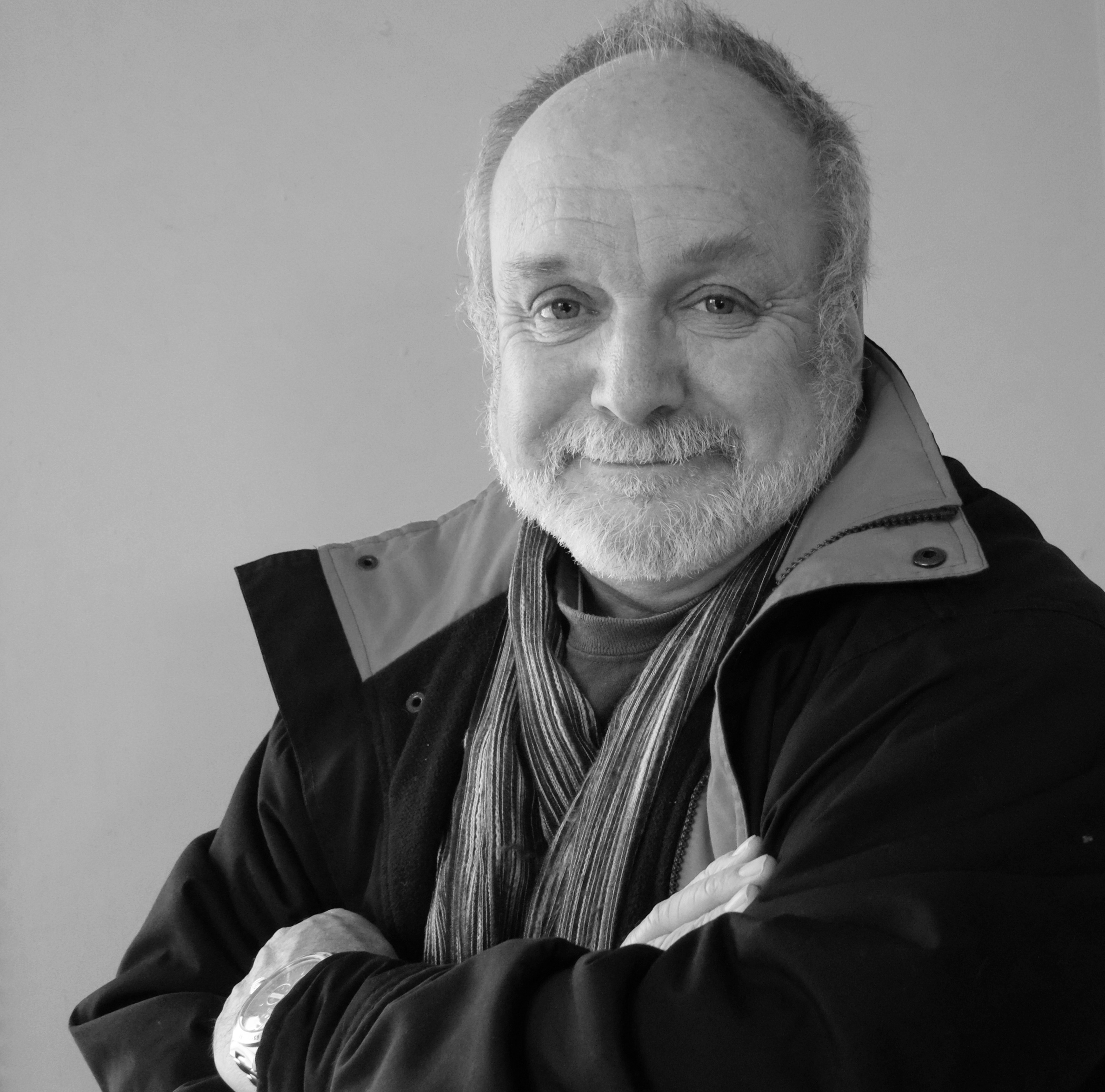
Paul has been writing about cameras, photography and photographers for 40 years. He joined Australian Camera as an editorial assistant in 1982, subsequently becoming the magazine’s technical editor, and has been editor since 1998. He is also the editor of sister publication ProPhoto, a position he has held since 1989. In 2011, Paul was made an Honorary Fellow of the Institute Of Australian Photography (AIPP) in recognition of his long-term contribution to the Australian photo industry. Outside of his magazine work, he is the editor of the Contemporary Photographers: Australia series of monographs which document the lives of Australia’s most important photographers.
You must confirm your public display name before commenting
Please logout and then login again, you will then be prompted to enter your display name.
